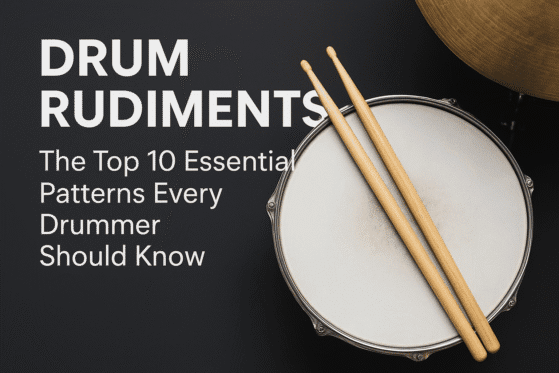How to Memorize Music Faster | Techniques That Work
Memorizing music can feel challenging — but it’s also one of the most rewarding skills any musician can develop. Whether you’re just starting to learn your first melody or preparing for an important stage performance, understanding how to memorize music faster allows you to play with greater freedom, confidence, and expression.
At Mystic Keys, we’ve guided hundreds of students to strengthen their musical memory using simple, science-backed strategies. In this guide, you’ll discover effective step-by-step techniques to memorize music faster, understand how memory works for musicians, and learn how to make your daily practice more efficient and enjoyable.
Why Learning to Memorize Music Faster Matters

Music isn’t just a pattern of notes — it’s a language of emotion. When you rely too much on sheet music, your attention is divided between reading and playing. But when you truly learn how to memorize music faster, something magical happens — you start to feel the music, not just play it.
By improving your memorization skills, you can:
Focus fully on expression instead of reading.
Build stronger muscle memory and confidence.
Improve stage performance by eliminating distractions.
Deepen your understanding of musical structure and phrasing.
Whether you play piano, violin, guitar, or sing, knowing how to memorize music faster transforms your musical identity — helping you perform with freedom, emotion, and connection.
Step 1 Understand Your Music to Memorize Faster
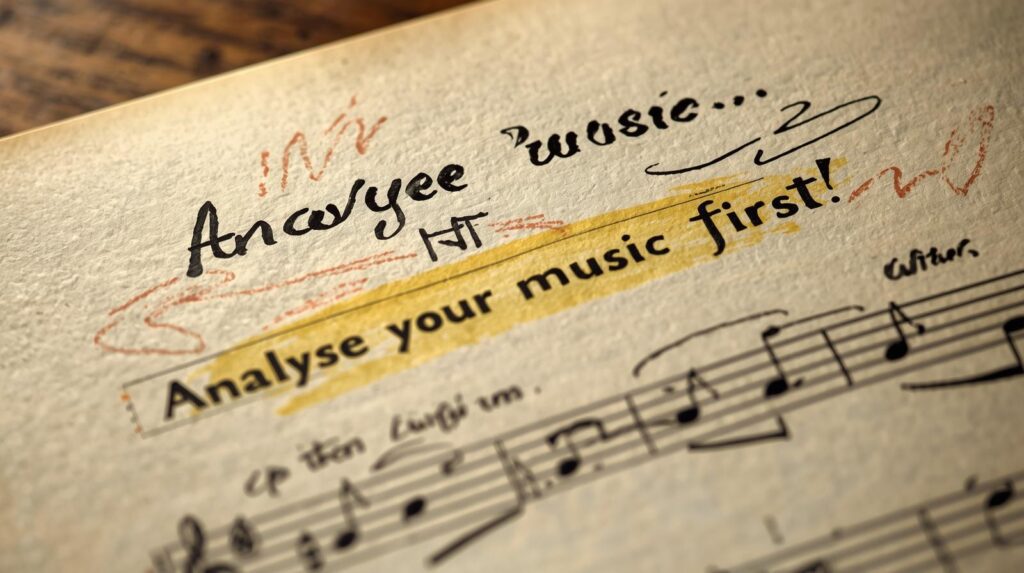
Before you even play a single note, start by understanding the music on paper. Musicians who take a few minutes to analyze a piece learn it up to 30% faster, according to cognitive studies on musical memory.
What to Do:
Identify the key signature and time signature.
Is the piece in G major or E minor? Understanding scales helps predict note patterns.Spot repetitions.
Many songs and classical pieces repeat themes. Mark them — your brain loves patterns.Note tricky rhythm changes or accidentals.
Highlight them early to reduce mistakes later.Understand the story or emotion.
Every composition has intent — joy, sorrow, excitement. Understanding this emotion helps internalize the flow.
Step 2 Use the Chunking Technique to Memorize Music Faster
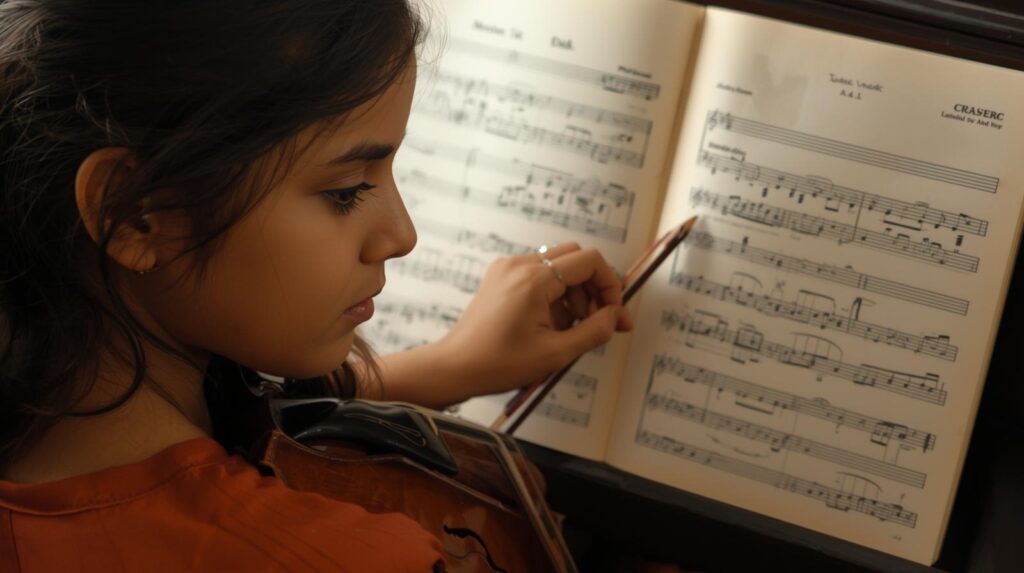
The human brain remembers best when information is broken into small parts — a process called chunking. It’s how you remember phone numbers, dance steps, or lyrics. The same works for music.
Here’s How to Apply It:
Divide the piece into small sections (4–8 measures).
Learn one section slowly until you can play it comfortably.
Combine it with the next section, linking them smoothly.
Review the entire section before moving forward.
This approach avoids overload and ensures every passage is deeply learned.
Mystic Keys Tip: “Short, focused practice sessions lead to long-lasting memory.”
Example: If you’re learning Für Elise, break it into phrases like the opening motif, middle variation, and closing sequence. Memorize each one separately before combining them.
Step 3 Listen Actively — Train Your Musical Ear

Listening is more than hearing — it’s an active form of memory building. When you listen repeatedly, you start predicting what comes next, even before playing it.
What to Do:
Play recordings of your piece several times daily.
Hum or sing along to reinforce melodic memory.
Close your eyes and visualize the keys or strings as you listen.
Your auditory memory works alongside your muscle memory, creating a stronger connection.
Bonus Tip: Listening before sleeping improves recall because your brain consolidates auditory data during rest.
Example: If you’re learning a Chopin Nocturne, listen to 2–3 versions by different artists. Notice variations in phrasing — your brain absorbs musical patterns subconsciously.
Step 4 Play Without the Sheet Music

Once you’ve practiced each section, begin playing by memory. This is a powerful way to test your learning.
Start Small:
Play one short phrase without looking at the score.
Visualize each note in your mind before you play.
Slowly extend to longer sections.
This step may feel uncomfortable at first — that’s normal! You’re training your brain to trust your internal map of the music.
Pro Tip: Close your eyes while playing — it strengthens both muscle and mental memory.
Example: Pianists often memorize hand shapes and finger movements rather than just notes. Violinists remember bow direction and pitch intervals. These visual-motor cues make recall faster.
Step 5 Repetition with Variation

Repetition is the backbone of memory, but too much repetition in the same way can make your brain “switch off.” Instead, use varied repetition.
Try These:
Play your piece in different tempos — slow, normal, fast.
Change dynamics — play soft and expressive, then powerful.
Practice in different rhythms or accent patterns.
Try playing backward sections — from the end to the start.
This forces your brain to stay alert and keeps your memory flexible.
Example: Play the second half of your song first, then connect to the start. It’s a proven method used by concert pianists to strengthen recall.
Step 6 Connect Emotionally with the Music

Music without emotion is sound. Emotion gives meaning — and meaning enhances memory.
When you connect emotionally, your brain’s limbic system (which processes feelings) helps store that information more deeply.
Ask Yourself:
What does this melody make me feel — happy, nostalgic, calm?
What story could this piece be telling?
How can I express that feeling in my performance?
At Mystic Keys, we encourage our students to personalize their practice. When music becomes personal, memory becomes natural.
Mystic Keys Note: “When your heart remembers the music, your hands will too.
Step 7 Practice Mindfully, Not Just Repetitively
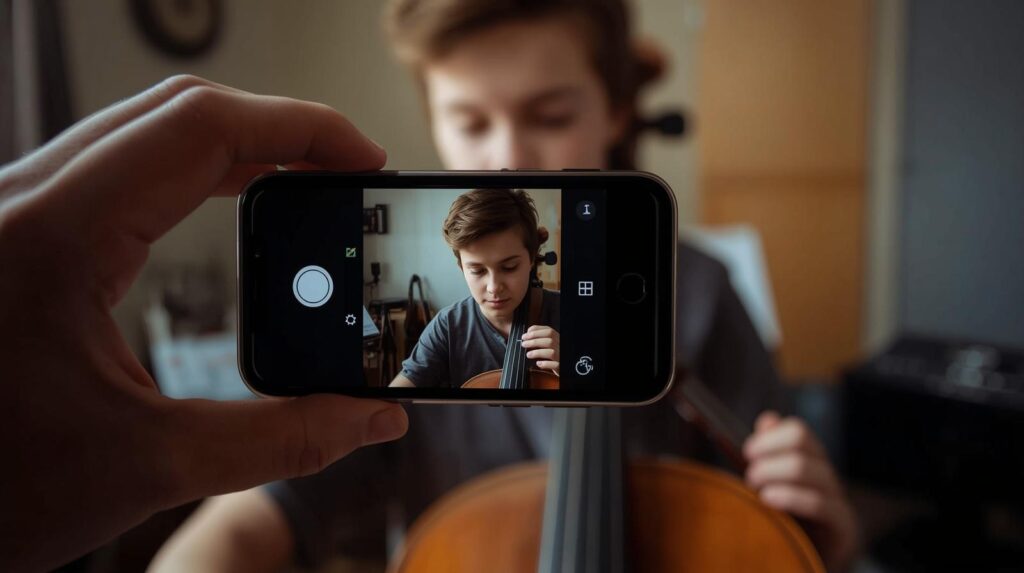
Mindful practice means being fully aware of what you’re doing — instead of just repeating until you get it right.
Practice Mindfully By:
Slowing down difficult passages until every note is clear.
Paying attention to your hand position and tone.
Recording your session and identifying weak spots.
Taking short breaks to reset your focus.
When you practice mindfully, every minute counts — leading to faster and stronger memorization.
Key phrase: “Mindful practice creates musical mastery.”
Step 8 Visualize Away from Your Instrument
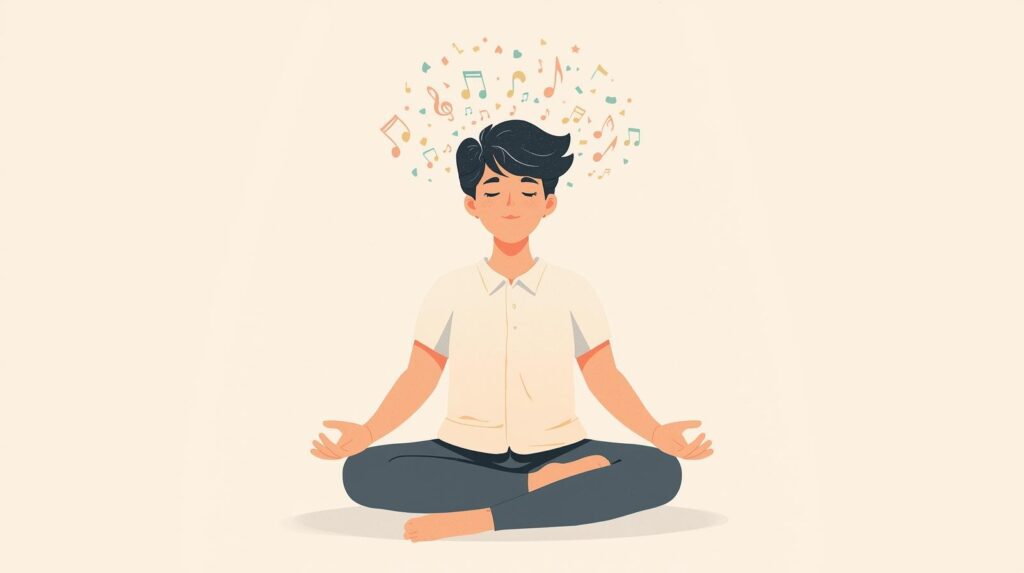
You don’t always need to be near your piano or violin to memorize. Visualization is a powerful mental technique that top performers use.
Try This:
Close your eyes and picture yourself playing your piece perfectly.
Imagine the keys, strings, and sound.
Mentally “play” through the entire piece.
Even imagining movements activates similar areas in your brain as real practice!
Example: Violinists often visualize finger positions during travel or rest days — keeping memory fresh even without an instrument.
Step 9 Perform Frequently

Performance is the ultimate test of memory. The more you perform — for friends, family, or even your phone — the stronger your recall becomes.
Why It Works:
Performing under mild pressure strengthens your retrieval memory, forcing your brain to recall information faster and more confidently.
Tip: Record small “mini-performances” every week. They’re great confidence boosters and help track your progress.
Final Thoughts On Mastering How to Memorize Music Faster
Memorizing music faster doesn’t come from rushing — it comes from understanding, awareness, and emotional connection.
With patience and these proven techniques, you can build a memory that lasts a lifetime.
At Mystic Keys, our students don’t just memorize — they internalize. Every lesson combines theory, technique, and creativity, helping each learner grow into a confident performer.
Whether you’re mastering your first piece or preparing for your next recital, remember
For more information and exciting resources about learning music, visit our website at The Mystic Keys. For more music content and exciting offers follow us on
Facebook, Instagram, YouTube, LinkedIn, Twitter, Pinterest, and Threads.
Related Blogs
Steel and Nylon-String Guitar | A Complete Beginner’s Guide
Acoustic guitars are some of the most beloved and versatile instruments worldwide. From folk melodies to flamenco rhythms, pop ballads to classical compositions, the acoustic guitar has left an indelible mark on music across cultures
Advanced Ukulele Techniques | Harmonics, Slides, and Muting
The ukulele may be small, but it holds the power to produce a wide spectrum of sounds. Once you’ve mastered the basics—strumming patterns, common chords, and simple melodies—you can begin to explore Advanced Ukulele Techniques
Improve Acoustic Guitar Tone for Fuller, Richer Technique
The acoustic guitar has long been celebrated for its warm, expressive character. Unlike its electric counterpart, it doesn’t rely on amplifiers or heavy processing to shape its tone. Instead, the acoustic guitar





